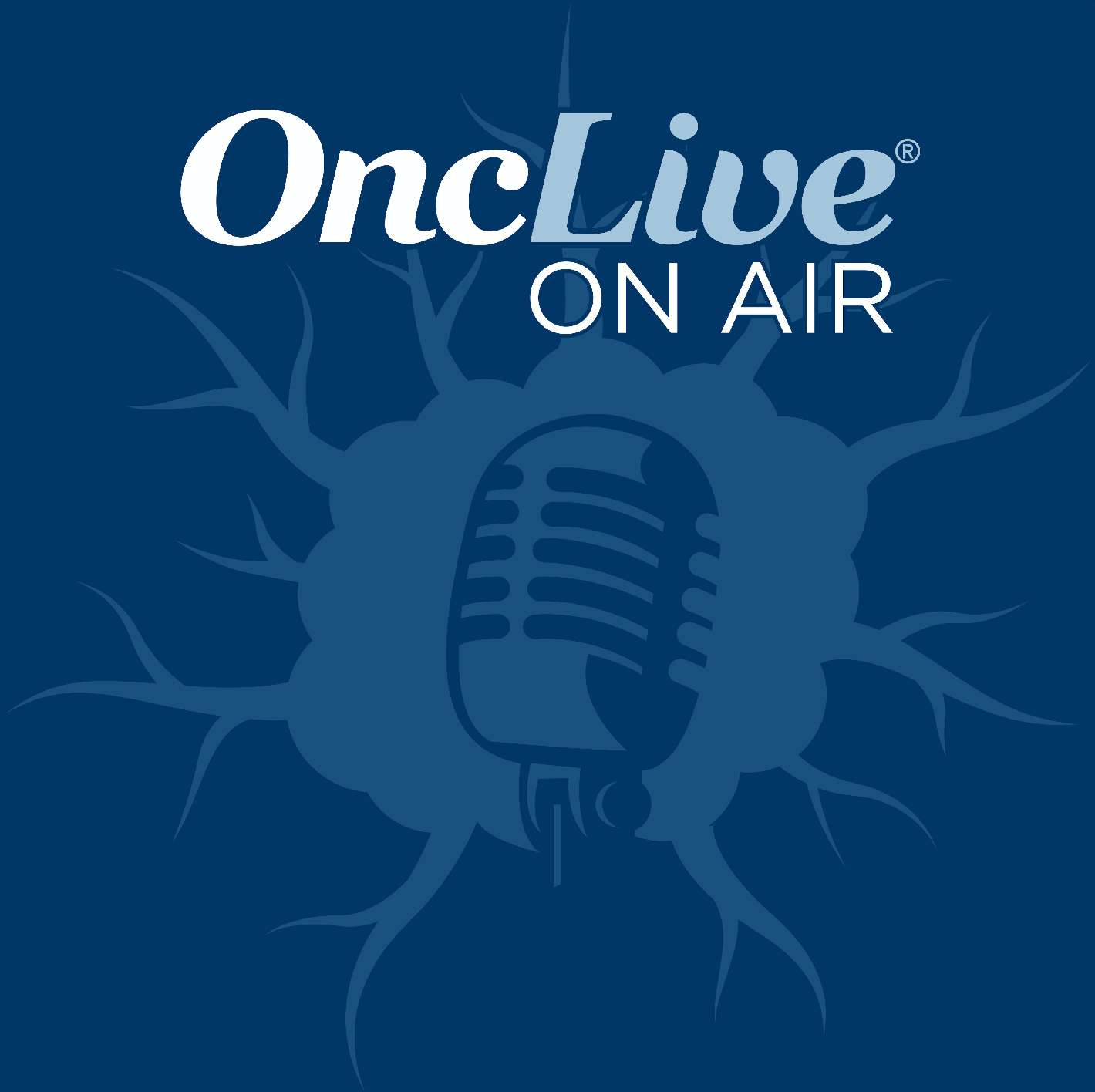Article
FDA Approval Sought for Naxitamab in Neuroblastoma
Author(s):
A Biologics License Application has been filed with the FDA for naxitamab for the treatment of patients with relapsed/refractory high-risk neuroblastoma.

Y-mAbs Therapeutics, Inc., has completed submission of a Biologics License Application (BLA) to the FDA for naxitamab for the treatment of patients with relapsed/refractory high-risk neuroblastoma.1
The BLA is based on data from the pivotal phase II studies 201 and 12-230. The complete data comprising the BLA package have not yet been made public, but the company intends to share the findings later this year.
“As the father of a long-term high-risk neuroblastoma survivor, I am excited to see Y-mAbs first BLA submission in neuroblastoma completed. We believe this is a key milestone for families facing high-risk neuroblastoma and for Y-mAbs. We are very grateful to all our employees, consultants and clinical sites involved in developing naxitamab,” Thomas Gad, founder, chairman, president, and head of business development and strategy, at Y-mAbs, stated in a press release.
Naxitamab is a monoclonal antibody that targets GD2. The investigational agent was developed by researchers at Memorial Sloan Kettering Cancer Center.
Some initial data from the Study 12-230 trial (NCT01757626) were reported at the 2019 International Society of Pediatric Oncology Annual Congress.2 Data were presented from several subsets, the first of which comprised 28 patients with primary refractory high-risk neuroblastoma. These patients were refractory to intensive induction therapy, and over 50% of the patients were also refractory to second-line chemotherapy. The overall response rate (ORR) was 78% in this subgroup, and the 2-year progression-free survival (PFS) rate was 50%.
A second subset included 35 patients with relapsed neuroblastoma that was resistant to salvage therapy. Overall, 89% of patients had prior anti-GD2 therapy, and one-third of patients had at least 2 relapses prior to enrollment. Among 30 evaluable patients, the ORR was 37% and the 2-year PFS rate was 36%.
In a third subset, 44 patients had high-risk neuroblastoma in second or later complete remission, with no evidence of disease. Overall, 88% had been treated with an anti-GD2 therapy, and 30% had previously received at least 2 lines of anti-GD2 therapy. These patients received maintenance therapy comprising naxitamab and GM-CSF, which led to a 2-year PFS rate of 52%.
In August 2018, the FDA granted naxitamab a Breakthrough Therapy designation for use in combination with GM-CSF for the treatment of patients with high-risk neuroblastoma refractory to initial therapy or with incomplete response to salvage therapy in patients older than 12 months of age with persistent, refractory disease limited to bone marrow with or without evidence of concurrent bone involvement.3
Commenting on the BLA submission, Claus Moller, MD, PhD, chief executive officer of Y-mAbs, said in the press release, “With this submission, we look forward to working with the [FDA] to bring naxitamab to appropriate patients. We are excited to complete this submission and believe naxitamab can address a significant unmet medical need for children with relapsed/refractory high-risk neuroblastoma.”
References
- Y-mAbs Announces Submission of Naxitamab Biologics License Application to U.S. FDA. Published April 1, 2020. https://bit.ly/2R74fLy. Accessed April 4, 2020.
- Y-mAbs Announces Naxitamab Update. Published October 25, 2019. https://bit.ly/2V3exNU. Accessed April 4, 2020.
- Y-mAbs Receives Breakthrough Therapy Designation for Naxitamab for the treatment of High Risk Neuroblastoma. Published August 21, 2018. https://bit.ly/2UWURv8. Accessed April 4, 2020.









